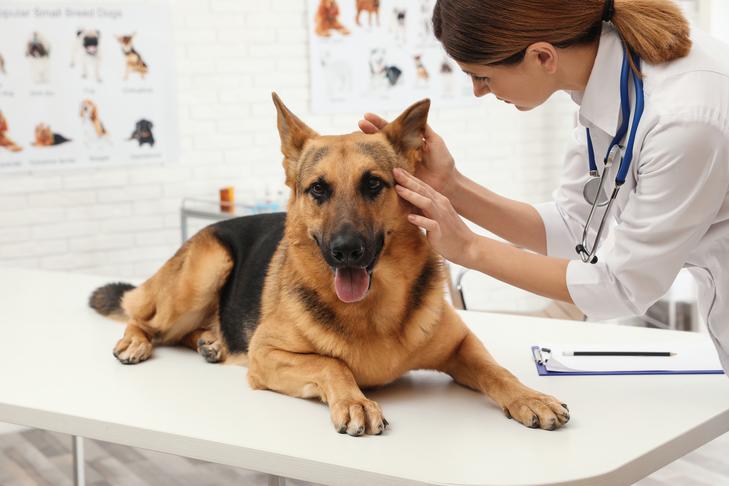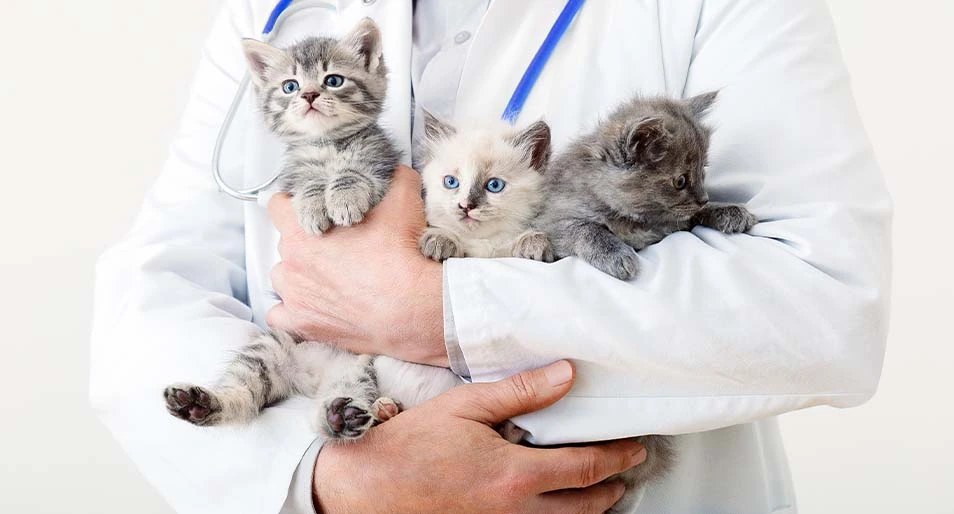Navigating Pet Insurance

By Lauren Puckett
Pet insurance may seem unnecessary to many caregivers. It’s one more monthly cost that you don’t need, right? But for guardians of pets with major health issues, pet insurance may be worthwhile and provide some peace of mind. The catch is that you don’t know if or when your pet may experience a health problem – and you need to have your insurance in place before they do or that problem likely won’t be covered.
To help you decide whether pet insurance is right for you, let’s look at the essentials:
1 – Not every insurance company or plan is the same
You’ll want to research different pet insurance companies and the plans they offer. A good place to start is each company’s website. Most of them will allow you to get a free pet insurance quote if you don’t mind the promotional email you will then receive. Consider these questions:
- How extensive is the coverage? Does it cover chronic conditions? Genetic conditions? Accident and illness? Pre-existing conditions?
- Is there an option to cover wellness/preventive care like vaccinations?
- What is the monthly premium and can it be customized to meet your budget?
- What is the annual limit (the total amount you can get reimbursed in one year)?
- What is the deductible (the amount you need to pay before you get reimbursed)?
- What is the reimbursement percentage (how much the insurance company will pay you)?
2 – Many plans do not cover pre-existing issues
It’s best to sign your pet up for insurance either before or shortly after you bring them home. This is because most plans will not cover pre-existing issues (anything that arose prior to your pet being enrolled in pet insurance).

3 – There is often a waiting period
This is the window between when you sign up and when you can submit your first claim. Keep this in mind when you’re bringing a new pet into your life. As mentioned above, you may need to enroll in pet insurance before you get your pet. The duration of the waiting period will vary by insurance company. Waiting periods for illnesses are typically 14-30 days, while waiting periods for accidents are 1-15 days.
4 – Claims are paid after the fact
Most pet insurance does not function like health insurance for people, where the insurance company pays the doctor directly. In most cases, you pay your veterinary bill in full and then submit your pet insurance claim. Once the claim is approved, your insurance will reimburse you via check or direct deposit.
Keep in mind that most plans do not reimburse 100 percent of the vet bill, even when it is fully approved; they have pre-set reimbursement percentages for each health condition. This is something you’ll want to look at as you are deciding which insurance plan to go with.
5 – You can visit any veterinarian
There is no “in network” or “out of network” with pet insurance. You can visit any licensed veterinarian, including specialists and emergency clinics.
Sources:
https://www.marketwatch.com/guides/pet-insurance/pet-insurance-with-no-waiting-period
https://www.aspcapetinsurance.com/resources/pet-insurance-beginners-guide
